With AFI and USC dominating this year’s seven finalist slots, this year’s batch of Student Academy Award nominees continue to highlight a diverse, colorful blending of genres from filmmakers of all walks of life. Whether feminist dystopian sci-fi or electrically choreographed musicals, there’s something here for everyone, and it shows in the backgrounds of each of these talented directors. In this interview series, Film Editor Sergio Zaciu sat down with all seven finalists of 2019’s Narrative – Domestic section, hoping to learn more about their personal backstories, what brought them to the director’s chair, how they made their respective films, and what exciting prospects await them next in their careers.
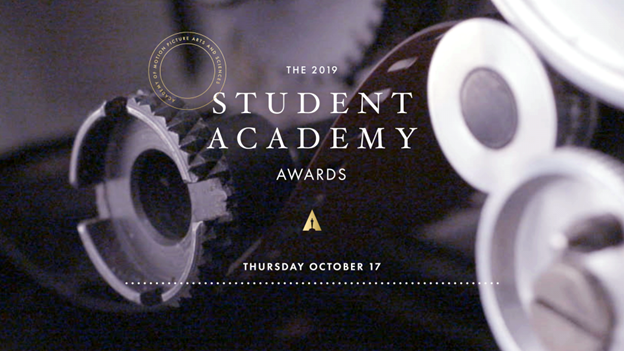
USC had two films advance for the Student Academy Awards this year, each completely different from the other. The one thing they happen to share is cinematographer Brian M. Tang. Director Sarah Gross’ dystopian sci-fi, BOLERO, is a high-concept action caper about a woman seeking vengeance in an Orwellian police state. Boasting an ambitious visual aesthetic and a unique world design, BOLERO successfully carves out an entire fictional universe in its limited running time, elegantly spotlighting Gross’ genre skills and visual aptitude.
Can you talk a little bit about the initial idea and how you got to this story?
I’m a huge fan of science fiction. I love dark universes and immersive worldbuilding. I also love talking about social issues occurring today in a way that’s indirect and still thought-provoking. I was working with my writing partner, Quinn Armstrong, who was a former USC student. The seed of the idea (telepaths as secret police) was his, and I developed the characters and world-building elements around that. I tend to like sharing stories of women who are intriguing. I like pushing back against the idea of women who are innately good or nurturing, and wanted to create someone who is perhaps as pragmatically selfish and complex as the men we get to regularly see on screen. So all of these ideas were germinating in my mind as we wrote the story.
What was the biggest hurdle about getting the script to completion?
I think the rules of the telepathy were really difficult for us. We knew we wanted to talk about music and telepathy. That was a seed of the idea. In the original script, Maya would hum the song to find the telepath, but that eventually changed to the song being something she uses to defend herself from the antagonist’s telepathy.
Why did you pick Ravel’s “Bolero”?
A couple reasons. First off, it recently came into the public domain, so it was free! Second, it’s a song Ravel wrote as he was going mad, which is why it’s the same couple verses repeating over-and-over for 10 minutes. So I thought having that be a song that’s stuck in your head makes a lot of sense.
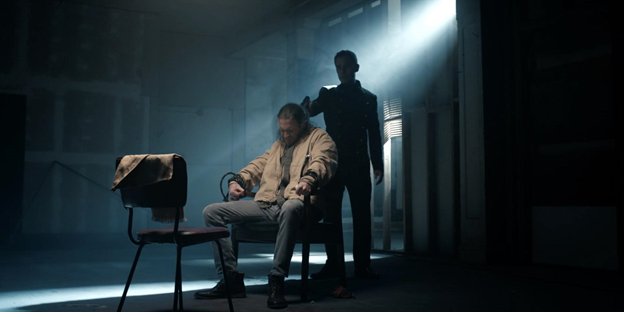
Once you entered production, how did you assemble your crew?
It was actually quite interesting. USC can be a little difficult with finding crew since so many people want to be directors. Thus, we ultimately made a team composed of undergrad and grad students. Brian Tang, our cinematographer, came on quite early and the rest followed soon after. So that was definitely the most difficult part of production.
What about the rest of your team?
Our editor made a big point of editing with rhythm, especially for the action scenes—which was a whole new beast for me. But most of all, sound design was really major. It wasn’t just world-building, but story points relied on it. After all, we had to sell this story of telepathy and music to our audience and make sure that they actually understood what was going on. And the sound was also very integrated with the music, which included original compositions. Watching the movie with temp sound is always stressful because you don’t know what you’re going to get, but the final sound design really was incredible.
Yes, the musicality of the film is certainly why the editing and sound design was so interesting to me. A shot that really caught my attention was the shot of the little girl walking through the shanty town. Can you talk about that a little bit? What were your visual references? World-building for sci-fi is so specific.
We definitely drew from Cuaron’s CHILDREN OF MEN. We also referenced video games, weirdly enough. THE LAST OF US II has a pretty neat retro-future-dystopian trailer that we borrowed from, as well as THE DIVISION, which had this cool timelapse trailer that we actually borrowed from in our film.
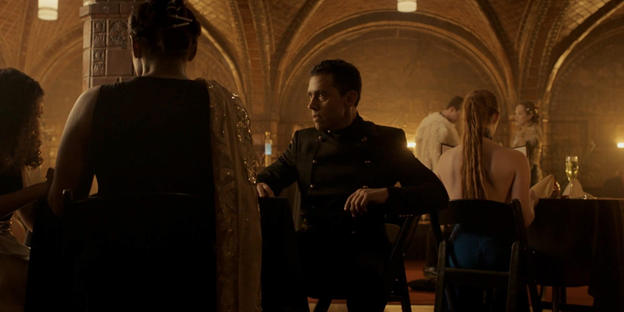
You mentioned a little bit that action was new to you. What kind of projects had you worked on prior to this movie?
I had done a black comedy, some thrillers. I like to see women kicking ass but not always using their fists. So yeah, not action, necessarily.
What part of your interests (beyond sci-fi) do you think BOLERO represents? Could it be a feature?
Totally. It definitely is a proof of concept and hopefully we’ll make a feature. We’re meeting with writers right now to hopefully start developing a long-form version of the script!
What do you see as integral to a long-form version of this story?
Her character, mostly. I think that although the feature is sci-fi, it should mostly be a character-study of a girl who is insulated from the world around her, overcame trauma from her youth, seething with rage, and not exactly pleasant to be around. I think that’s a really exciting character. We don’t often get so see leading women who are not likeable, especially films that are pushing forward the narrative. Characters like Lisbeth Salander in GIRL WITH THE DRAGON TATTOO or Melissa McCarthy’s character in CAN YOU EVER FORGIVE ME?
You were talking a little bit earlier about contemporary world issues and how sci-fi can tap into that. What did you want BOLERO to tackle?
Freedom of speech, but also freedom of thought. The telepaths function as judge, jury, and executioner on behalf of the American public. They choose who is right and who is wrong, and I think this idea of Americans giving up their essential freedoms, including the right to privacy, is something we’d even do willingly in exchange for greater protection by the American government. It’s certainly a relevant issue today. Something else we thought about quite a lot is the notion of apathy. When survival is your only thrust in life, it’s quite interesting how quickly we turn a blind eye to the horrors around us. So to see a protagonist take action in a world of passivity is quite rewarding.
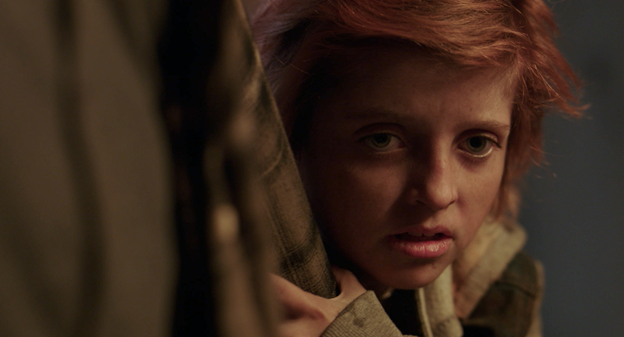
Finally, I’m curious about the final decision to have Maya go against her orders. It can be read as a selfish act, but can also be read as justice. Can you talk a bit about that?
I’m really glad you picked up on that, actually. I think we wanted Maya to struggle with her own selfish need for revenge and the greater good. I think the question is boiling over of whether or not “she is going to get to punch this motherfucker.” By the end, her decision to rip out the chip, the question is, who knows if she’s maybe ruined the rebellions chance at success? And that’s the way we intend to leave it. Who knows if it was the right thing to do, that’s left unanswered.
To her it was the right thing.
To her it was inevitable.
Where did you shoot your scenes? Was it all on stages or at locations?
We shot at an empty warehouse that served as three locations: the restaurant, the homeless shelter, and the hallway where the fight happens. We also shot in Fort MacArthur where the final fight scene happened and did a build at a stage in USC where we shot Maya’s trailer.
And I noticed you got the factory off the side of the 405 freeway!
Yes!

How was the VFX process? Was it tough? Would you do it again?
It was tough! But I would do it again! I think the biggest hurdle was animating the eyes of the readers. The other major VFX was the graphics on the device that runs the readers’ chip. And finally there was the timelapse that needed a lot of stabilization: we shot on a motion-controlled rig that stitched together 70 separate shots.
Wow, where did you get that rig?
It was a cheap rig! About 150 bucks. But because it was so cheap it didn’t always hold our camera that well. Finally, we also had to track the TV screen and sub that in post, as well as rotoscope some stuff in post. On top of all of that, we also had stuff like the lower-thirds graphics for the news reports and all that. So it was a pretty intensive process. There were a lot of different moving parts but I’d definitely do it again to sell these effects!
Since you graduated, has all your attention been on making a feature version of BOLERO, or is there something else in the works that you want to share with us?
I just got attached to direct another sci-fi feature called ROGUE PLANET, which is set up with Broken Road productions. We’re on the third draft of the script right now and will hopefully make that some day.
How did that come about?
Soon after graduating I got repped by WME, and since then went on the whole water-bottle tour of Southern California and had a lot of generals. I pitched for a bunch of open-directing projects and was eventually picked for ROGUE PLANET! It’s funny how these things happen, because my cousin in Israel was showing around an agent from WME, and put in a good word for me. Eventually the two of us connected when he returned from my trip, and that’s how I ended up here!
Thank you for talking about your movie!
Thank you!
Catch BOLERO at the festival circuit and keep your eyes peeled for more of Sarah’s work in the future!



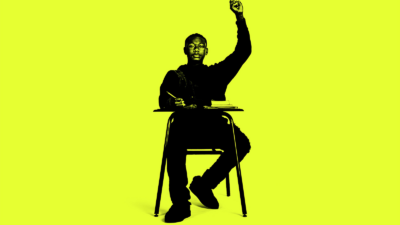

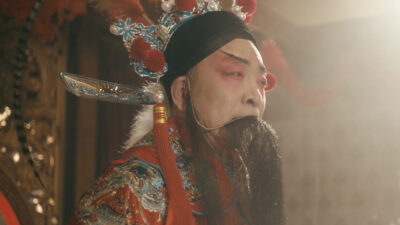
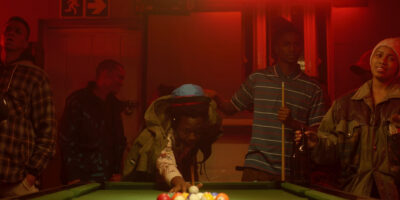
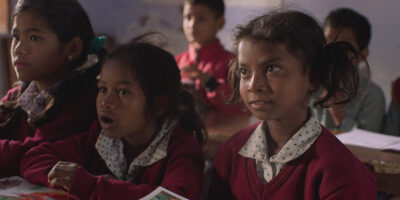
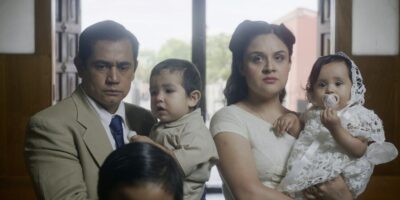
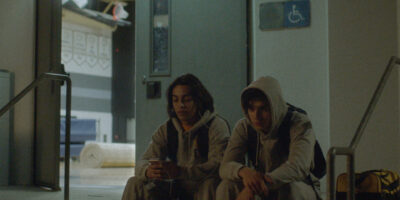
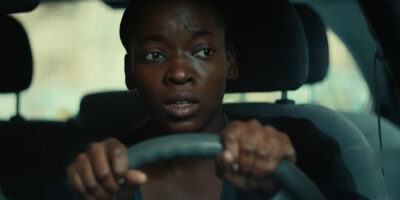



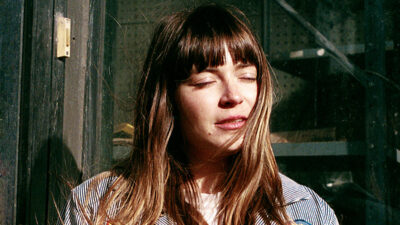

Comments